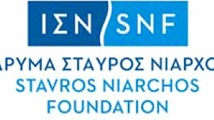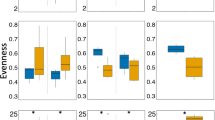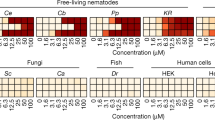Abstract
THE following is an outline of a method of obtaining large numbers of the larvæ of nematodes parasitic in sheep in media the composition of which can be much more accurately controlled than any that have hitherto been used. Experimental work on these organisms should throw light on the physiology of nematodes and be of great assistance in the treatment and control of these parasites.
This is a preview of subscription content, access via your institution
Access options
Subscribe to this journal
Receive 51 print issues and online access
$199.00 per year
only $3.90 per issue
Buy this article
- Purchase on Springer Link
- Instant access to full article PDF
Prices may be subject to local taxes which are calculated during checkout
Similar content being viewed by others
References
Wood, Second Rep. Direct. Inst. of Animal Path. Cambridge, 1931, p. 204.
McCoy's method, Amer. J. Hyg., 11; 1930. An important paper, giving the results of its author's experimental work by modern methods on eggs and larvæ of Ancylostoma caninum.
Author information
Authors and Affiliations
Rights and permissions
About this article
Cite this article
LAPAGE, G. Cultivation of Parasitic Nematodes. Nature 131, 583–584 (1933). https://doi.org/10.1038/131583a0
Issue Date:
DOI: https://doi.org/10.1038/131583a0
This article is cited by
-
IN VITRO EFFECT OF BILE ON THE MOTILITY OF DICTYOCAULUS VIVIPARUS THIRD STAGE LARVAE
Acta Veterinaria Scandinavica (1973)
-
Size of Trichostrongyle Infective Larvæ in ‘Monobacterial’ Culture
Nature (1954)
-
Second Ecdysis of Infective Nematode Larvæ Parasitic in the Horse
Nature (1954)
Comments
By submitting a comment you agree to abide by our Terms and Community Guidelines. If you find something abusive or that does not comply with our terms or guidelines please flag it as inappropriate.



